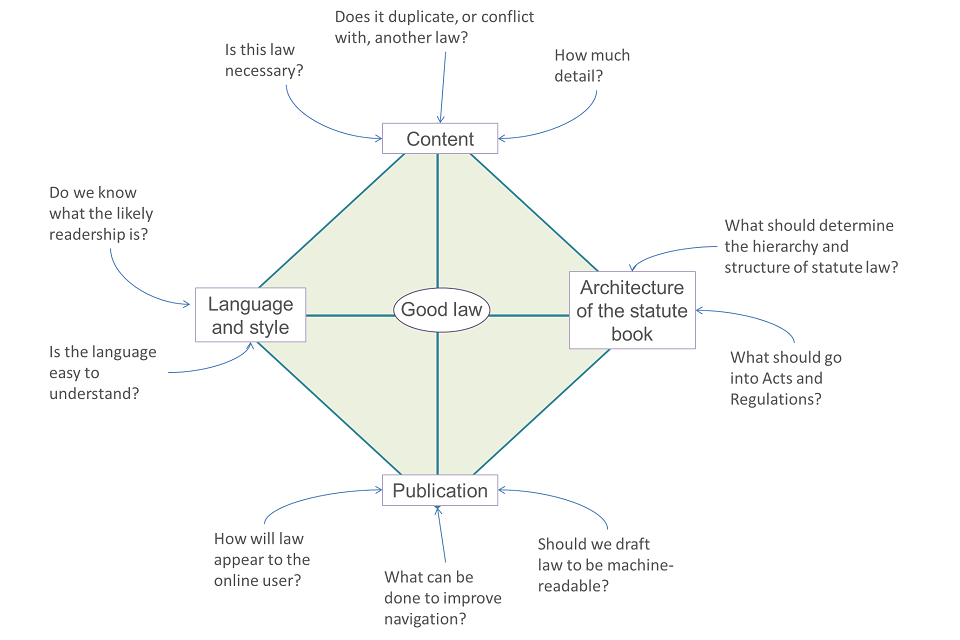New Essay by Henry Farrell in Democracy: “A quarter of a century ago, Russell Jacoby lamented the demise of the public intellectual. The cause of death was an improvement in material conditions. Public intellectuals—Dwight Macdonald, I.F. Stone, and their like—once had little choice but to be independent. They had difficulty getting permanent well-paying jobs. However, as universities began to expand, they offered new opportunities to erstwhile unemployables. The academy demanded a high price. Intellectuals had to turn away from the public and toward the practiced obscurities of academic research and prose. In Jacoby’s description, these intellectuals “no longer need[ed] or want[ed] a larger public…. Campuses [were] their homes; colleagues their audience; monographs and specialized journals their media.”
Over the last decade, conditions have changed again. New possibilities are opening up for public intellectuals. Internet-fueled media such as blogs have made it much easier for aspiring intellectuals to publish their opinions. They have fostered the creation of new intellectual outlets (Jacobin, The New Inquiry, The Los Angeles Review of Books), and helped revitalize some old ones too (The Baffler, Dissent). Finally, and not least, they have provided the meat for a new set of arguments about how communications technology is reshaping society.
These debates have created opportunities for an emergent breed of professional argument-crafters: technology intellectuals. Like their predecessors of the 1950s and ’60s, they often make a living without having to work for a university. Indeed, the professoriate is being left behind. Traditional academic disciplines (except for law, which has a magpie-like fascination with new and shiny things) have had a hard time keeping up. New technologies, to traditionalists, are suspect: They are difficult to pin down within traditional academic boundaries, and they look a little too fashionable to senior academics, who are often nervous that their fields might somehow become publicly relevant.
Many of these new public intellectuals are more or less self-made. Others are scholars (often with uncomfortable relationships with the academy, such as Clay Shirky, an unorthodox professor who is skeptical that the traditional university model can survive). Others still are entrepreneurs, like technology and media writer and podcaster Jeff Jarvis, working the angles between public argument and emerging business models….
Different incentives would lead to different debates. In a better world, technology intellectuals might think more seriously about the relationship between technological change and economic inequality. Many technology intellectuals think of the culture of Silicon Valley as inherently egalitarian, yet economist James Galbraith argues that income inequality in the United States “has been driven by capital gains and stock options, mostly in the tech sector.”
They might think more seriously about how technology is changing politics. Current debates are still dominated by pointless arguments between enthusiasts who believe the Internet is a model for a radically better democracy, and skeptics who claim it is the dictator’s best friend.
Finally, they might pay more attention to the burgeoning relationship between technology companies and the U.S. government. Technology intellectuals like to think that a powerful technology sector can enhance personal freedom and constrain the excesses of government. Instead, we are now seeing how a powerful technology sector may enable government excesses. Without big semi-monopolies like Facebook, Google, and Microsoft to hoover up personal information, surveillance would be far more difficult for the U.S. government.
Debating these issues would require a more diverse group of technology intellectuals. The current crop are not diverse in some immediately obvious ways—there are few women, few nonwhites, and few non-English speakers who have ascended to the peak of attention. Yet there is also far less intellectual diversity than there ought to be. The core assumptions of public debates over technology get less attention than they need and deserve.”

